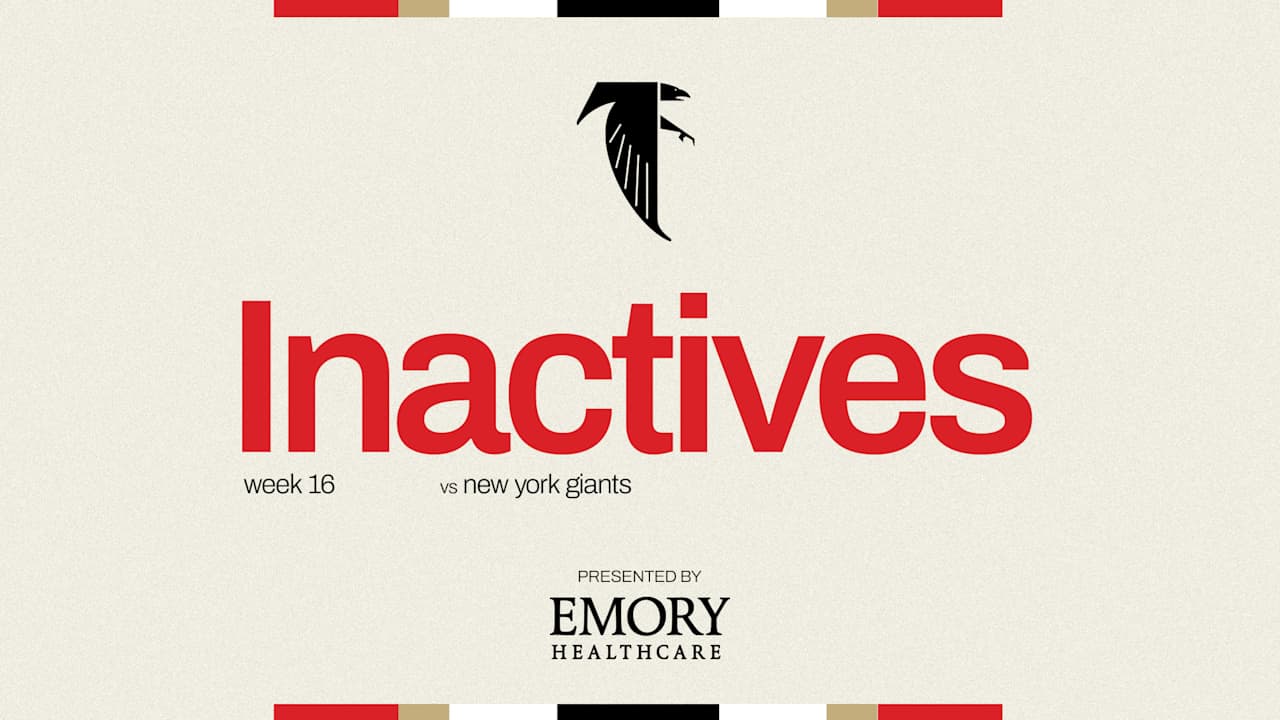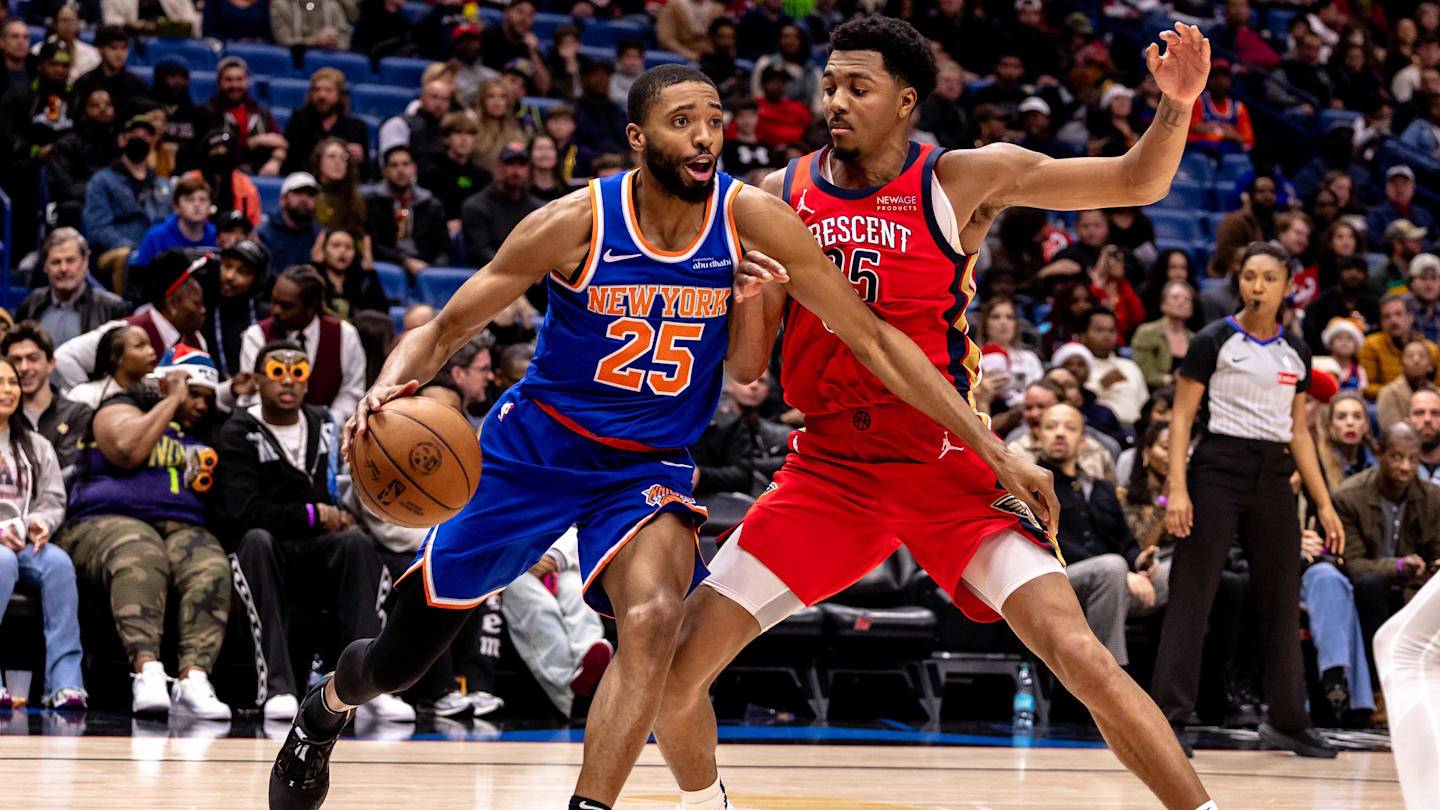Sports
Breaking in New Sports at the Olympics

Journey with me, if you will, back to the year 776 B.C. The Iron Age is starting in England; the peoples of North America are building monumental earthworks; gorilla-size lemurs still roam in Madagascar. And here we are in ancient Greece, near the wine-dark Mediterranean Sea, to attend the very first Olympic Games. Please, sit on this stone bench. (Not if you’re a married woman, though — sorry, for some reason you are not allowed.) That mound over there, surrounded by shrines and temples, is the Hill of Kronos. Down on the field, sprinters are lining up, a bunch of ancient Usain Bolts.
>> Top: Sunny Choi, who will compete in breaking, quit her corporate job to focus on the Games. Bottom: Victor Montalvo’s signature breaking moves include the back flip into flare and the Super Montalvo.
They are barefoot, muscles tense, glistening with olive oil. Their focus is palpable, because immortality is at stake — and also because if one of them makes a false start, the judge will flog him with a willow switch. Off they go! Surging down the track, knees high, arms pumping. This event is called the stadion — the 200-yard dash, basically, and like most sprints, it’s over in seconds. But what a moment! What a rush! We have just witnessed the sacred birth of global athletics! The first Olympic Games have begun!
Also, now they are over.
>> Breaking performances are improvised within a loose structure that includes toprock (rhythmic upright motions), downrock (acrobatic motions on the floor), freezes and power moves.
Sorry, you were expecting more events? Nope, that’s it. That single sprint was the whole Olympics. In fact, this will be true for the first 13 Olympic Games — 54 years. No swimming, no wrestling, no pentathlon, no gymnastics. Victory in the stadion was so glorious that all of Greece would use the winner’s name as a label for the next four years. “We would say that the Battle of Marathon took place in the late summer (Sept. 12) of the year 490 B.C.,” writes the historian Stephen Miller in his book “Ancient Greek Athletics,” “but ancient Greeks would identify that year as the third year of the Olympiad in which Tisikrates of Kroton won the stadion for the second time.”
The Olympics didn’t add a new event until 724 B.C. — and it was just a longer sprint. Then, slowly, cautiously, over decades and centuries, new sports trickled in. Wrestling was added in 708 B.C. Boxing arrived 20 years later. (There were no rounds or time limits; the losing boxer would surrender by raising one finger or sometimes by running away.) In 648 B.C., horseback racing debuted. Spectators at the 520 Games saw the introduction of sprinters competing in armor, including helmets and shields. Unfortunately, not every new sport was a hit. Mule-cart racing, added in 500 B.C., lasted for only about 50 years. As did a race in which horseback riders apparently had to leap down, on their final lap, to run alongside their horses.
>> Colin Duffy started climbing at age 5.
Here in 2024, the Games have added multiple new events, including breaking — popularly known as break dancing — and kayak cross. (Surfing, skateboarding and sport climbing were introduced in 2021.) When I first heard about them, a grouchy little inner voice objected, as it always does. Do we really need these? The whole magic of the Games is supposed to be tradition: modern humans pushing themselves through events so old there are marble statues of them at museums.
>> Sport climbing is broken into three formats: speed; bouldering (shorter climbs); and lead, which requires ropes and harnesses.
But let’s not get too precious about history. Much more has changed about the Games than has ever stayed the same. The original Games had no teams, no timers, no medals, no subjective judging and, of course, no “noncitizens” (women, enslaved people). For most of Olympic history, competitors were naked. During the pentathlon, long jumpers used to rock back and forth to the rhythms of live flute music, then run and leap while swinging two heavy weights to increase their momentum. When they finished exercising, athletes would scrape the oil and dirt and sweat off their bodies — and gymnasiums would collect it and sell it as medicine. It was, in many ways, an alien world.
>> When Paige Heyn was 4, her uncle gave her a skateboard; when she was 14, she won a USA Skateboarding national title.
And yet the core of it is the same. Just look at these modern athletes in motion. They are every bit as focused, every bit as classical, as the runners in that first stadion. The images practically sculpt themselves in marble. A breaker balances on one arm, like a temple on an ancient column. A sport climber hangs suspended from his fingertips. A skateboarder leans hard — a forward slash, angling toward the future. The spectacle of the human body, straining against gravity and exhaustion, speaks to us outside of time. This is true even — maybe especially — when our world is in chaos. In 480 B.C., as the Persians burned Athens, the Olympic Games went on as planned.
The magic of the Games, regardless of the event, has always been exactly this: watching humans chase excellence down some narrow, hyperspecialized channel of skill. And this is the beauty of a new sport. It shows us how many channels human excellence can surge down. Which turn out to be almost infinite. I would happily watch Olympic croquet, or Uno, or Fortnite, or thumb-wrestling, or absolutely anything else, as long as I knew the competitors had devoted their lives to being unreasonably good at it. I would watch and I would scream. I would pick favorite athletes and root for them as if the whole next four years depended on their success. Because, at least in that moment, it would. Just as it did back in 776 B.C. Just as it will in 2024, and 2032, and (Kronos willing) 2076.
>> Heyn’s specialty is skating “switch” — reversing the natural position of her feet on the board.
Styling (Choi and Montalvo): Laura Napoliello. Hair (Choi): Yu Nakata. Makeup (Choi): Nanase Ito.
Philip Montgomery is a photographer whose work examines the fractured state of America. A solo exhibition of his work is on display in Cortona, Italy.
Sam Anderson is a staff writer for the magazine as well as the host and reporter behind the podcast “Animal.”

![[!LIVE-FOOTBALL@!]+ Commanders vs Eagles Live Stream ! Atlanta Falcons vs New York Giants LIVE , player stats, standings, fantasy games TV channels and more HS8079 [!LIVE-FOOTBALL@!]+ Commanders vs Eagles Live Stream ! Atlanta Falcons vs New York Giants LIVE , player stats, standings, fantasy games TV channels and more HS8079](https://www.reddotdigitalit.com/wp-content/uploads/2021/05/Streaming-Platform.jpeg)








